When I mention to people who are not in the eCommerce space that one-product stores are extremely popular and profitable, they often express confusion. They frequently ask:
- What is a one-product store?
- How does it work?
- Why would you only sell one product?
Chances are, they’ve already purchased from a one-product store without realizing it. The good news is that one-product stores work, as long as you understand the key to their success!
Even for beginners looking to create their first store, the idea of building an entire store around a single item can be daunting, particularly without any guarantees of success. Fortunately, there are ways to verify the potential of a product first, thereby increasing the likelihood of success.
What is a One-Product Shopify Store?
A one-product store, an eCommerce website, is designed and branded around a very specific product, targeting a passionate audience of buyers.
A one-product store can be built on several eCommerce platforms including WooCommerce, Wix, and BigCommerce. However, the most popular choice for many entrepreneurs is Shopify.
Shopify simplifies the process and offers numerous themes ideal for one-product stores. I suggest you read my article on single-product Shopify store examples for inspiration.
Even beginners can build a one-product store using Shopify within a day after learning the basics. Experienced Shopify users can build multiple one-product stores in a single day.
Is it Better to Sell One Product?
A product that ticks all the boxes for success is perfectly suited for a one-product store. This strategy is typically the most efficient way to maximize the profit potential of a single product.
Yet, selling only one product isn’t always the superior choice, as multiple factors influence success. Grasping what kinds of products thrive in a one-product store setup is key before determining if this is your best route.
Take the portable blender, for instance. It’s recently soared in popularity as a go-to item for one-product stores. Blendjet, a notable example of such a store, has become a model for numerous entrepreneurs aiming to mirror its triumph.
Blendjet
A portable blender is a perfect product to build a store around. It’s not just unique and a problem-solver; it also appeals to a broad and diverse audience, depending on whom you target, and promises attractive profit margins. You’ll find several stores offering various takes on the portable blender, each crafted to seem like the original innovator.
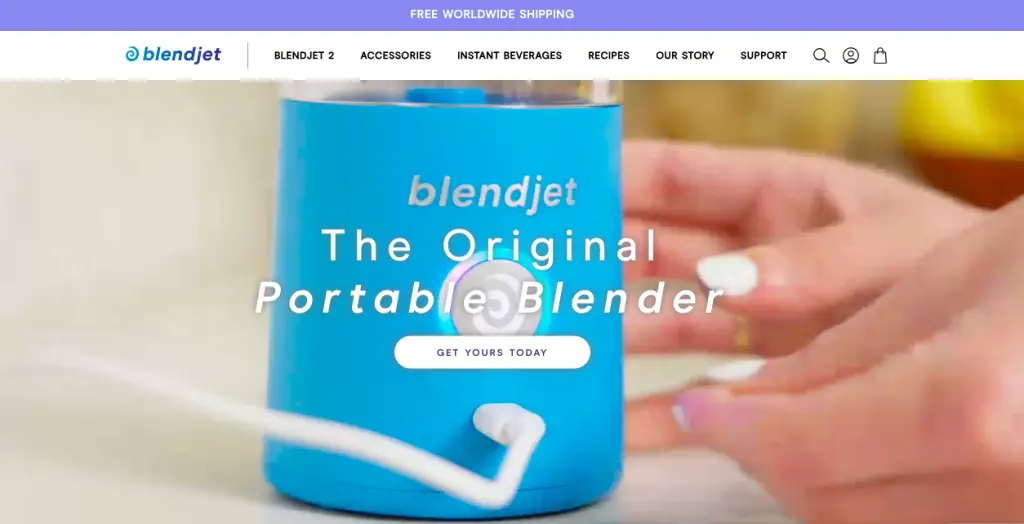
Now, imagine you’re toying with the idea of launching a niche store that features a range of kitchen appliances, the portable blender included. It might seem that a larger product array could translate to higher earnings, but this isn’t a given.
Kitchen appliances, generally speaking, are commonplace, intricate, costly to ship, and face stiff competition from brick-and-mortar retailers. They pose a significant challenge for success in the online realm. What’s more, including your portable blender in such a store could reduce its profitability.
In a broader kitchen appliance store, your portable blender loses its spotlight as a standout product. It blends into the background, losing its uniqueness and, consequently, its perceived value.
This scenario illustrates why, at times, it’s much more advantageous to concentrate on a single product rather than operating under the assumption that a wider product range automatically leads to increased profits.
My Related Articles:
- 10 Advantages of Selling a Single Product
- 4 Single-Product Website Examples
- 30 One-Product Store Ideas
Why One-Product Stores Work?
The rise of one-product stores is noticeable, and they come with a host of benefits. These stores can be launched swiftly and without much expense, which allows for multiple attempts and learning experiences until you find success.
Taking a glance at the largest online stores on Shopify, such as Fashion Nova, Colour Pop, and Spigen, it’s clear that none of them are one-product stores.
These are typically expansive, encompassing either a wide range of general merchandise or focusing on a specific niche. Vying for a spot among these behemoths is a challenge, particularly if you’re not aiming to establish a colossal business.
To carve out a profitable niche in the eCommerce world, setting yourself apart from these major players is essential. Opting for a highly specialized niche store or a one-product store could be your ticket to success.
A scroll through MYIP.MS, which lists Shopify stores by popularity, reveals an interesting trend: one-product stores are increasingly common in the mid-ranks.
While a one-product store may not rival the giants of Shopify that boast thousands of products, don’t underestimate their potential. They are indeed viable and can be highly profitable, as evidenced by their growing popularity.
A common critique of one-product stores is their perceived limitation: only selling one item might result in a lower average order value (AOV). This concern, however, is based on the assumption that the store offers strictly one product.
In reality, many one-product stores cleverly include complementary items, accessories, or product variations. These are used for upselling or cross-selling, effectively boosting the AOV.
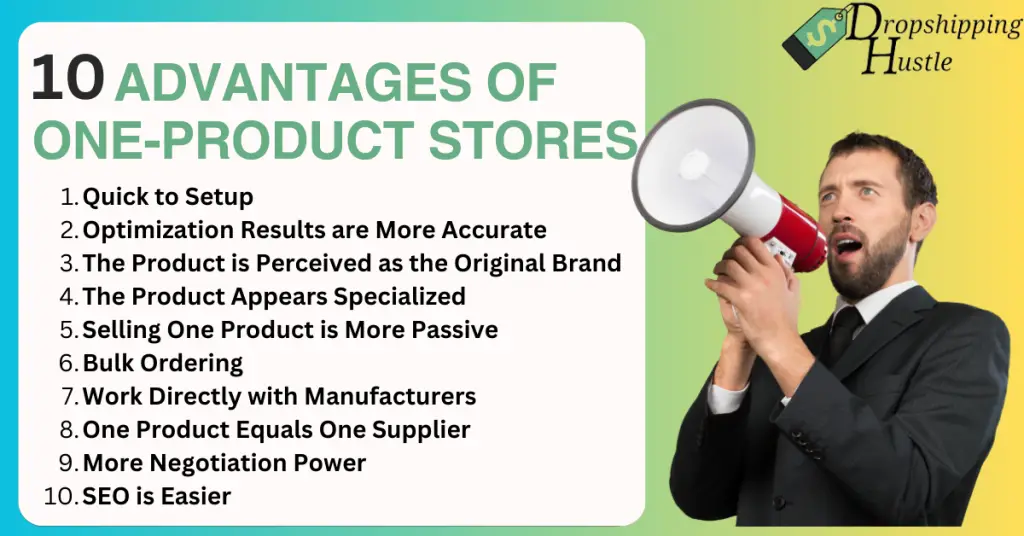
Can You Sell a Single Product on Shopify?
Shopify doesn’t set a limit on how many items you can list for sale. This flexibility allows for a diverse range of stores, from those showcasing thousands of products to others that focus on just a handful or even none.
Yet, an important consideration in your Shopify journey is the choice of theme. The platform’s themes are diverse; while many are adaptable to various needs, some are tailor-made for one-product stores, and others cater to extensive inventories.
For instance, themes designed for a singular product, such as Citrus and Ap Strollik available on Theme Forest, often feature a layout that includes a long, scrollable page, allowing customers to make a purchase directly from the homepage.
On the other hand, themes like Booster and Debutify are crafted for broader product ranges. They provide user-friendly navigation and the flexibility to categorize products into different collections, enhancing the shopping experience for stores with larger catalogs.
How Do One-Product Shopify Stores Work?
It’s vital you fully understand how a one-product store differs from other Shopify stores stocking multiple products. The strategies and tactics involved in succeeding are different and many beginners fail because of this.
1. Product Selection
The first and most crucial step is to select the right product. This product should ideally have a unique selling proposition, solve a specific problem, or appeal strongly to a particular target audience. It’s often something innovative, trendy, or with a clear and compelling value proposition
2. Creating a Shopify Store
After selecting the product, the next step is setting up an online store using Shopify, a user-friendly eCommerce platform. Shopify provides various templates and tools that make it easy to create a professional-looking online store even without advanced technical skills
3. Branding and Design
The store is designed and branded around this single product. The website design, including its layout, colors, and content, is tailored to highlight the product’s features and benefits. The goal is to create a compelling narrative that resonates with the target audience.
4. Advertising and SEO
Marketing a one-product store involves a focused strategy. This can include search engine optimization (SEO) to rank higher on search engines, social media marketing to reach potential customers, and perhaps influencer marketing to leverage the audience of individuals with a significant following in related niches.
5. Upselling and Cross-Selling
While the focus is on one product, many one-product stores also offer complementary products or variations of the main product to increase the average order value. These could be accessories, extended warranties, or premium versions of the product.
6. Optimization
Regular analysis of store performance is important. This involves monitoring website traffic, sales conversion rates, and customer feedback to continually refine and optimize the marketing and sales strategies.
Can I Dropship Just One Product?
Dropshipping a single product on a Shopify store is feasible, but it’s not the most strategic approach for sustaining a long-term business. Successful one-product stores usually buy their inventory in bulk and rely on a third party for order fulfillment.
The real advantage of running a one-product store lies in the ability to purchase your inventory in large quantities. If you stick solely to dropshipping, you might miss out on this benefit. Typically, one-product stores start by dropshipping to test the market viability of the product before committing to bulk purchases. This strategy significantly reduces the risks associated with large-scale buying.
After confirming the product’s market success, store owners often shift to bulk ordering, usually from platforms like Alibaba. Following this, they might opt to continue shipping from China, employing an agent to manage their inventory and handle order fulfillment, or they might choose to work with a domestic third-party logistics (3PL) service for packing and shipping orders.
Chinese agents are generally more reliable and provide access to superior shipping options compared to Aliexpress sellers. Hence, while dropshipping a single product is initially a viable option, it doesn’t usually align with long-term business objectives.
Summary
The success of a one-product Shopify store often depends on the uniqueness and demand for the product, the effectiveness of the marketing and branding strategy, and the quality of the customer experience.
This model allows entrepreneurs to focus their efforts and resources on making a single product successful, rather than diluting their attention across multiple products.
If you’re considering creating a one-product store, it’s worth giving it a try. Set realistic expectations and be prepared for initial setbacks. Remember, the low barrier to entry means failure isn’t a significant loss and brings you one step closer to success.


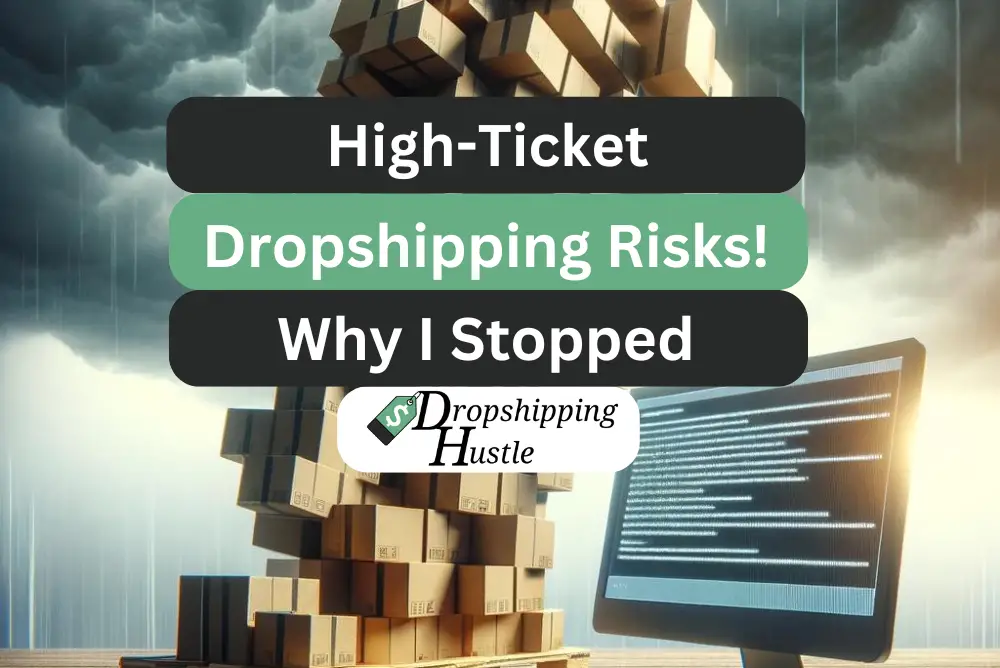
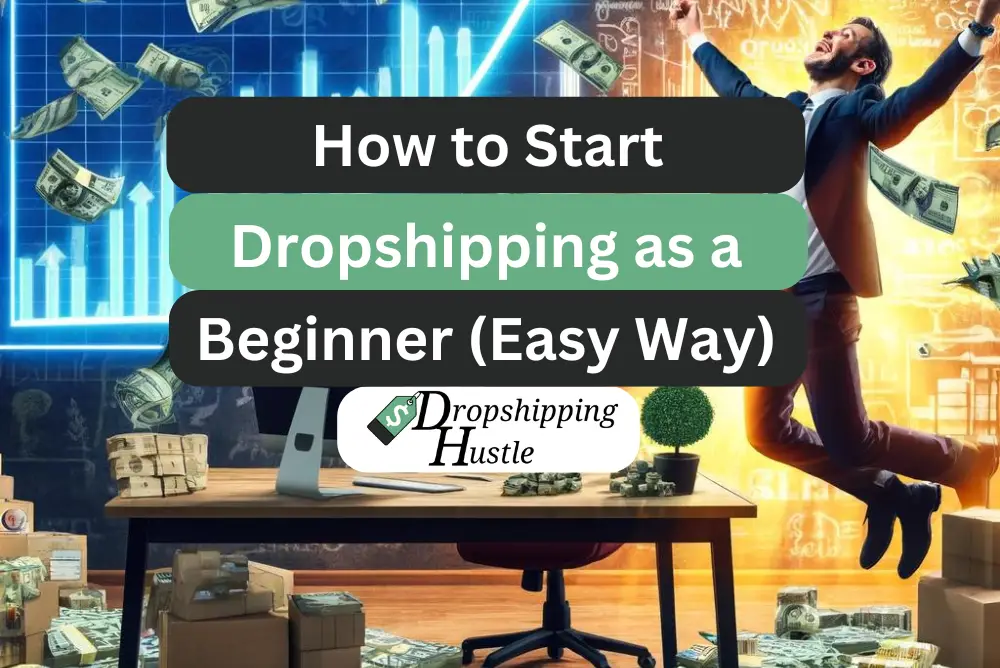
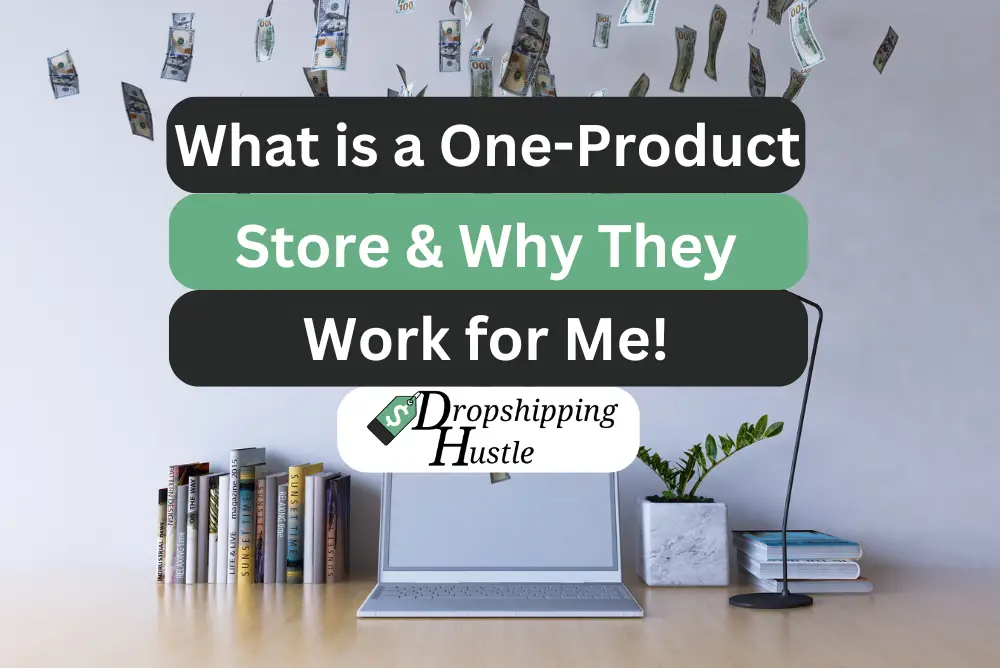
Leave a Reply